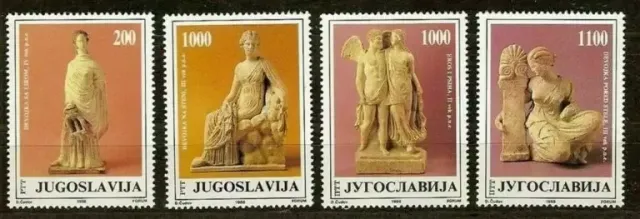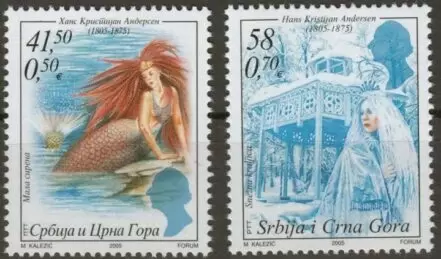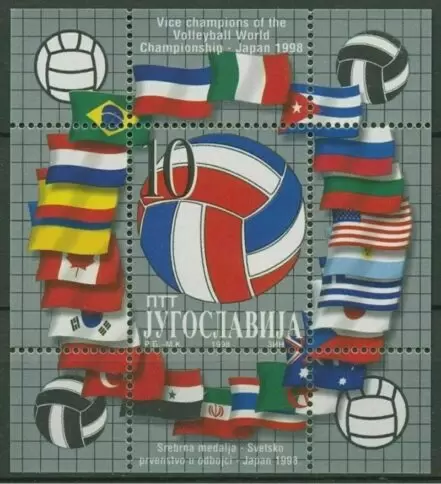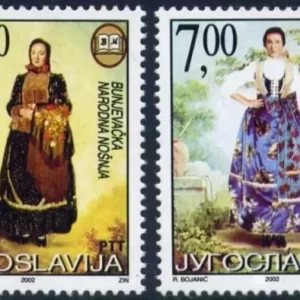Yugoslavia year 1988 Art – Sculptures stamps set MNH MNH**
the Socialist Federal Republic of Yugoslavia issued a stamp set in 1988 dedicated to ancient art, specifically sculptures, as part of a recurring art and cultural heritage theme.
Ancient Greek Terracotta Figures
- Year of Issue: 1988
- Theme: Ancient Greek Terracotta Art (sometimes listed as “Old Sculptures” or “Grecian Terra Cotta Figures”)
- Number of Stamps: A set of 4 values.
- Subject Matter: The stamps feature images of terracotta figures and relief fragments from ancient Greece, which were likely held in Yugoslavian museum collections.
This issue is a specific example of the “Art” category of stamps for Yugoslavia in 1988.










Reviews
There are no reviews yet.